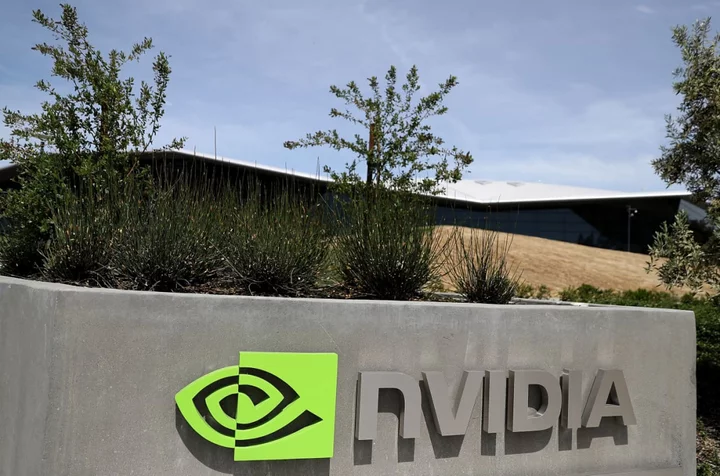Serving up something good one slice at a time isn’t just for pizza; it’s also been a longtime goal of 5G. And now after years of “network slicing” not living up to earlier delivery predictions, T-Mobile says it’s begun offering this high-performance flavor of 5G wireless to customers.
In a post Monday on T-Mobile’s corporate blog, EVP and chief technology officer John Saw recounted how T-Mobile had staged a first-ever commercial deployment of network slicing to support Red Bull’s 2023 Cliff Diving World Series in Boston.
Saw writes that the carrier provided a virtualized slice of its 5G network for Red Bull’s exclusive use so that it could “easily and quickly transfer high-resolution content from cameras and a video drone circling the event to the Red Bull production team in near real-time over T-Mobile 5G” at speeds that topped out at 276Mbps.
And because this slice was cut off from the rest of T-Mobile’s network, this traffic didn’t slow down device use for T-Mobile subscribers at that June event. Saw compared that to the robotaxi meltdown that hit San Francisco in August, when a network traffic jam led to a physical traffic jam as a cluster of Cruise self-driving cars stopped in streets.
(Cruise doesn’t advertise which carrier it uses; the 2021 announcement of a collaboration between AT&T and Cruise’s parent company GM to provide 5G connectivity to its cars could be a clue, but Cruise’s PR department did not answer a query emailed Monday morning.)
Network slicing was one of the original sales pitches for 5G, and constituted a germ of technological truth inside vaporous claims that 5G would make self-driving cars possible. But making slicing a commercial reality has proved to be much more complicated than lighting up 5G service for smartphones.
T-Mobile tackled one major prerequisite for slicing by deploying “standalone” 5G—meaning it does not require an LTE connection to establish an initial link to a device—starting in 2020. It’s since backed multiple startups looking to build advanced apps on its 5G network, some of which would work much better with slicing, and at the start of August announced a beta test of slicing for real-time video-calling applications.
AT&T and Verizon have had a slower start, with the former beginning to deploy standalone 5G this spring while the latter began its standalone deployment last year. Verizon also announced its own network slicing demonstrations in June.
All three carriers, along with many analysts, see offering network slicing and other value-added services to business customers as one of the wireless industry’s best ways to build a business model that doesn’t rely too much on selling undifferentiated bandwidth to everyday consumers, a scenario that industry insiders disparagingly call being a “dumb pipe.”









